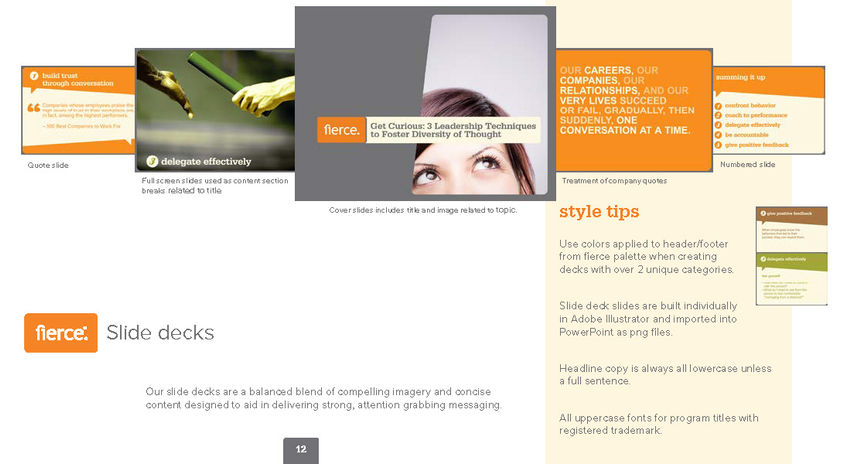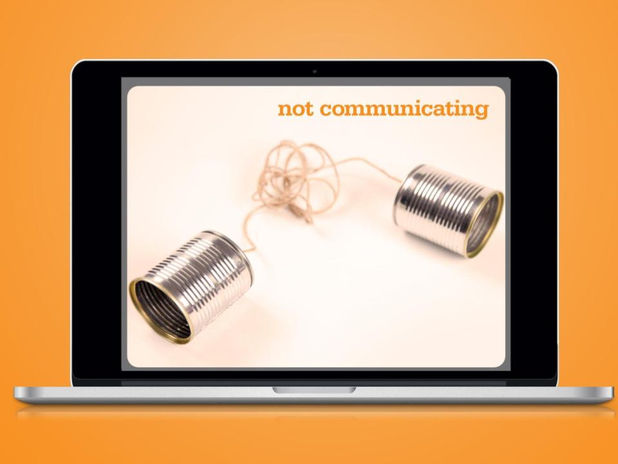
Fierce, Inc. is a results-driven leadership development and training company that specializes in developing conversation as a skill.
Following ten years of operation, including leadership changes and multiple brand strategy implementations, I proposed a brand audit to align the visual brand language across all touchpoints.
Role: Principle Design | UI | UX | Art Direction | In-house Design
Deliverables: Refreshed Branding Assets Company Wide

Materials accumulated over a decade due to rapid company growth, leading to challenges in maintaining a cohesive brand experience.









A strategic analysis was conducted to review the Fierce brand definition, values, messaging, and promise, identifying opportunities for improvement.



Collaborating with department heads, assets were evaluated and prioritized for refresh or phased-out based on timelines and future milestones.

Thorough research, including competitive analysis, surveys, questionnaires, interviews, and customer conversations, informed the ideation process.











The final rollout encompassed all branding assets across customer touchpoints, excluding the website. A new cloud-based storage system with improved information architecture and naming conventions was implemented company-wide.

































